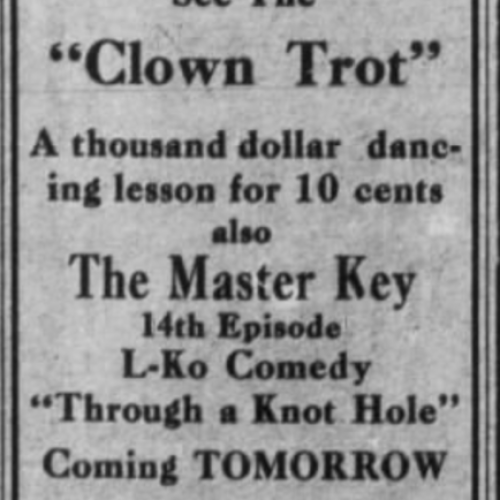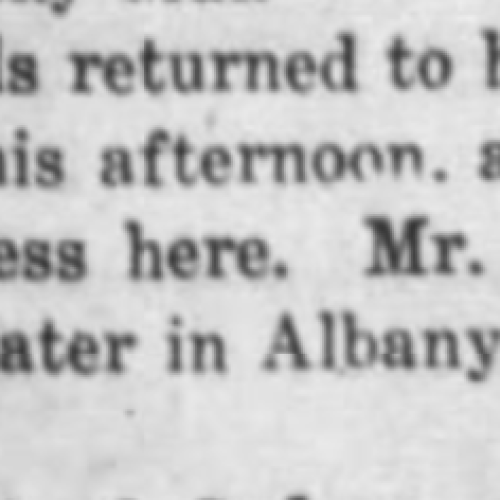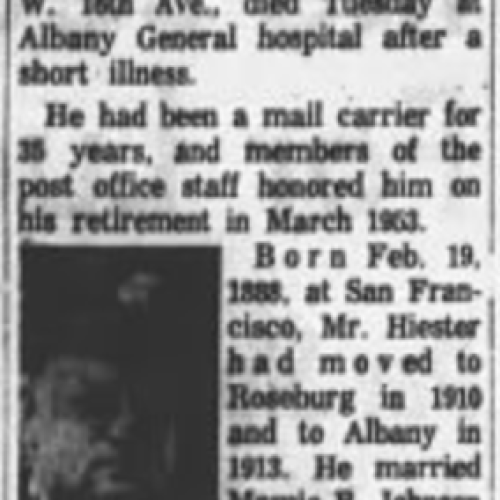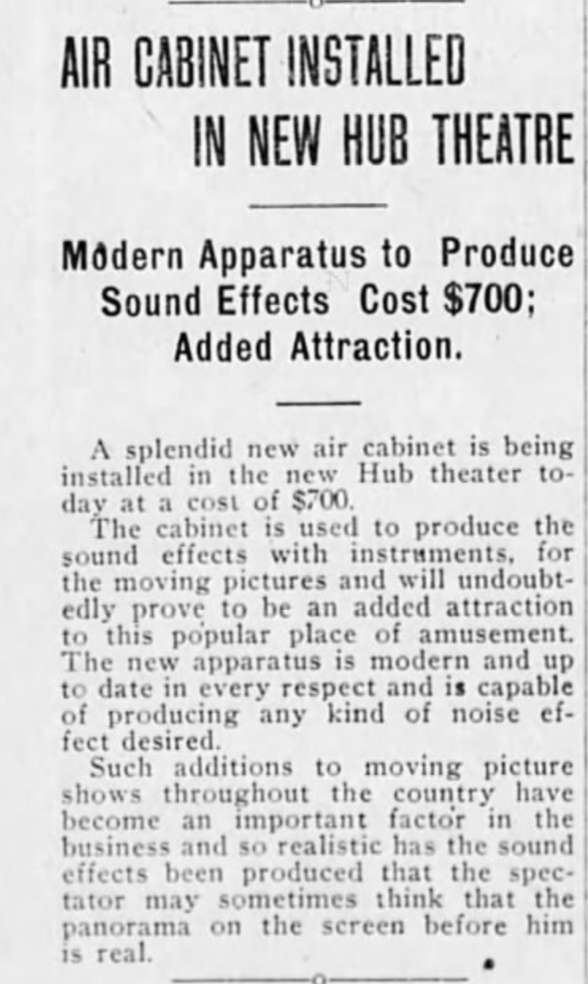
The Article Above:
During the early 1900s advertisements where what made or broke entertainment facilities such as theaters. When looking at the advertisement above the most important thing to take away is that when theaters made updates in order to please the audiences it needed to be heard and the best way to do so is in an advertisement. Adding a 700$ sound system in order to completely submerse the audience is the equivalent to how IMAX is today. Not only was this the next big thing in the film industry it is what separated the good theaters from the bad. Competition is everything, especially when the cost to rent and run film in such a large piece of property is so high. How theaters spent there earnings had to be very precise because if the theater down the street renovated the seats to be more comfortable what's to say that numbers at the Hub would be lower?
The Article Below:
The first page of the semi weekly news reporting that a fire had occurred in the Hub Theater. During the early 1900s fires where common in theaters and often where the reason why theaters went under. What happened at the Hub was 5000 feet of film, a moving picture machine, a rectifier and motor where all damaged. No lives where lost but the owner at the time C.T. Searl stated that there was no insurance on the items and the result of that would be closure until the following Friday. These small fires that destroy the very thing that makes theaters money is one of the biggest reasons why they would go out of business. Thank goodness no lives where lost and injures had, as that would have turned into a large lawsuit for the Hub.

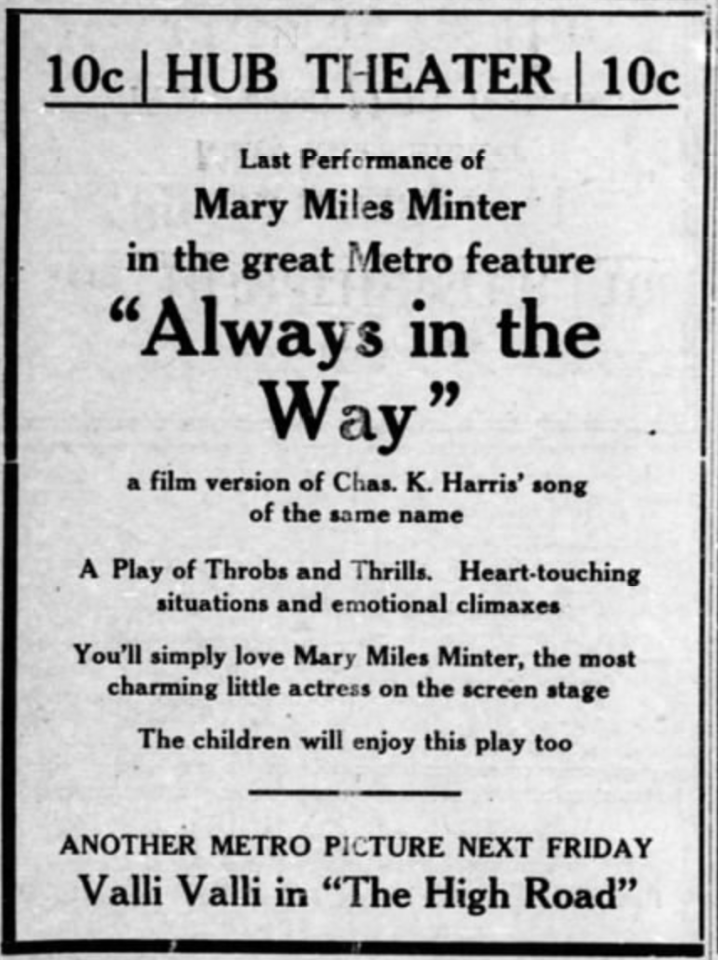
The Article Above:
When talking about how advertisements make or break a theater the most important aspect is catching the readers attention when they flip through the newspaper. The tactics used in the advertisement above where not uncalled for as the whole goal was too print big letters that are bolded in order to take up the most space possible. Not only does the Hub theater focus on the format of this adviretisment to be simple and robust they sneak in a comment about "children". This was a common tactic to use being if parents wanted to see a film then they could bring their kids and wouldn't have to leave them home with a baby sitter. When looking at the bigger picture it would end up being more revenue for the theater in the long run as more people are attending films.
